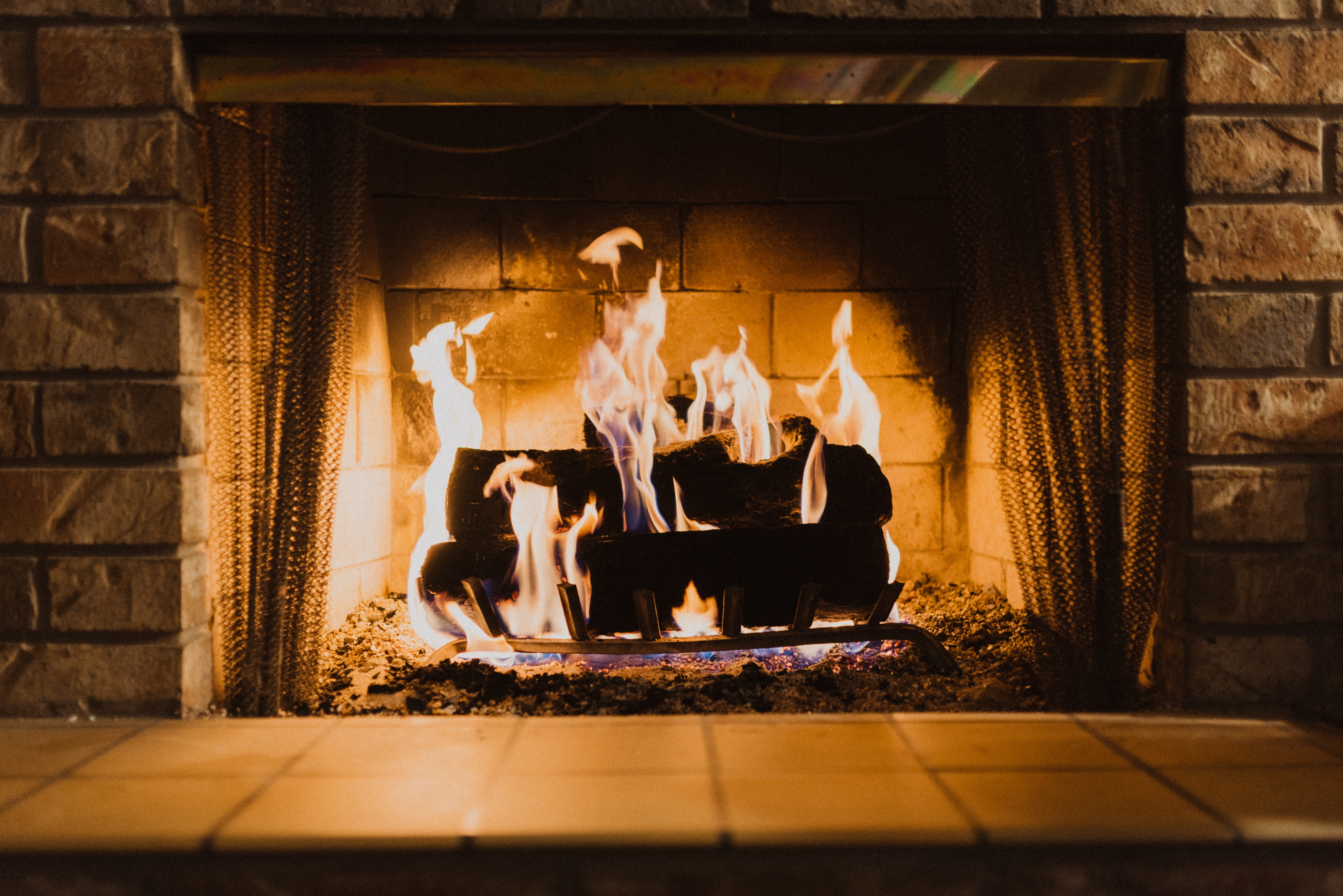
If you’re lucky enough to have a natural fireplace, you know there’s nothing better than curling up next to the fire on a cold winter’s night. It’s a great way to keep your home warm and save costs on heating and it’s just as relaxing as it is efficient. But, with that comes the responsibility of safely operating your fireplace. Misuse of your fireplace can not only cause fires, but carbon monoxide poisoning, and more. Here are a few tips to keep in mind the next time you use your fireplace.
1. Keep it clean
With everything else there is to clean in your house, you might be tempted to skip your fireplace, but don’t—it could save your life! Each year before igniting a fire for the first time, it’s always a good idea to have your chimney cleaned and inspected. Each time you use your fireplace, make sure that the flue is open and that all previous ashes have been cleaned up.
2. Use proper kindle
When igniting a fire, be sure you’re using the proper kindle. Just because it burns, doesn’t mean it belongs in your fireplace! If you can, use a starter log. If you’re using natural wood, always be sure that it is dry and well-aged. While household items like paper and dryer lint can be used to keep the fire ignited, do not burn plastics or other similar materials.
3. Be attentive
Be aware of all surroundings near the fireplace. Make sure there is nothing flammable in front of or on the sides of the fireplace to avoid anything catching on fire and install a safety screen to reduce the risk of burns. Never leave the house or go to bed with a fire still burning, and if you need to leave the room, be sure to take all pets and children out of the room with you.
4. Install a carbon monoxide and smoke detector
While installing a smoke detector may seem obvious when igniting a fire, a carbon monoxide detector is equally as important. If for some reason the flue is not open or there is not enough ventilation, there is a risk for carbon monoxide poisoning. Unlike smoke which can be seen and smelled, carbon monoxide is completely invisible, often going unnoticed until it’s too late. Be sure to install both a carbon monoxide and smoke detector in your home and test them monthly.
